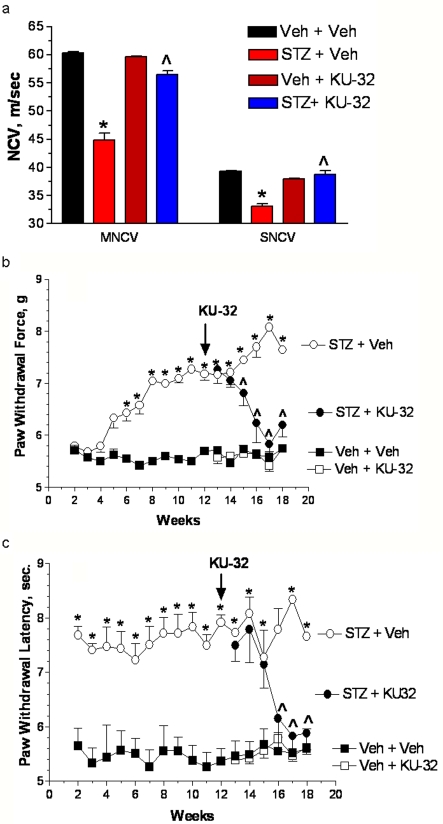Figure 5. KU-32 reversed pre-existing indices of diabetic sensory neuropathy in WT mice.
WT mice were rendered diabetic for 12 weeks and then treated with weekly doses of vehicle or 20 mg/kg KU-32 for 6 weeks. (a) After 18 weeks of diabetes, MNCV and SNCV significantly decreased in untreated mice, but KU-32 treatment for 6 weeks improved the deficits in both MNCV and SNCV. *P<0.01 versus time-matched untreated control; ∧P<0.001 versus 18 week STZ+vehicle. Two weeks after the induction of diabetes, mechanical sensitivity (b) and thermal sensitivity (c) were assessed weekly. Twelve weeks of diabetes produced a significant mechanical and thermal hypoalgesia and weekly treatment with KU-32 induced a time-dependent improvement in both sensory thresholds to near control levels. Since the sensory measures in the diabetic mice became more variable after 14 weeks, this time point was used for statistical comparisons. *P<0.05 compared with the time-matched control. ∧P<0.05 compared with STZ+vehicle at 14 weeks.

